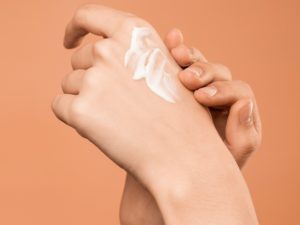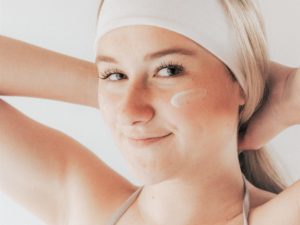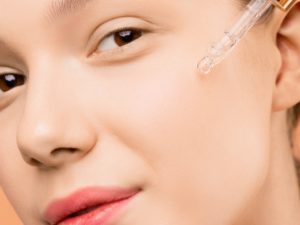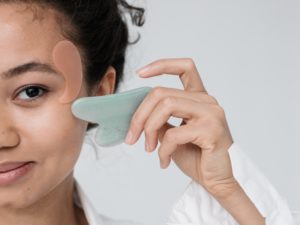The Ultimate Fall Skincare Guide – Improve Skin Health and Appearance with These Tips
There are thousands of reasons why your skin changes with the seasons. This guide to fall skincare will be sure to help you transition into the season with a healthy glowing complexion.
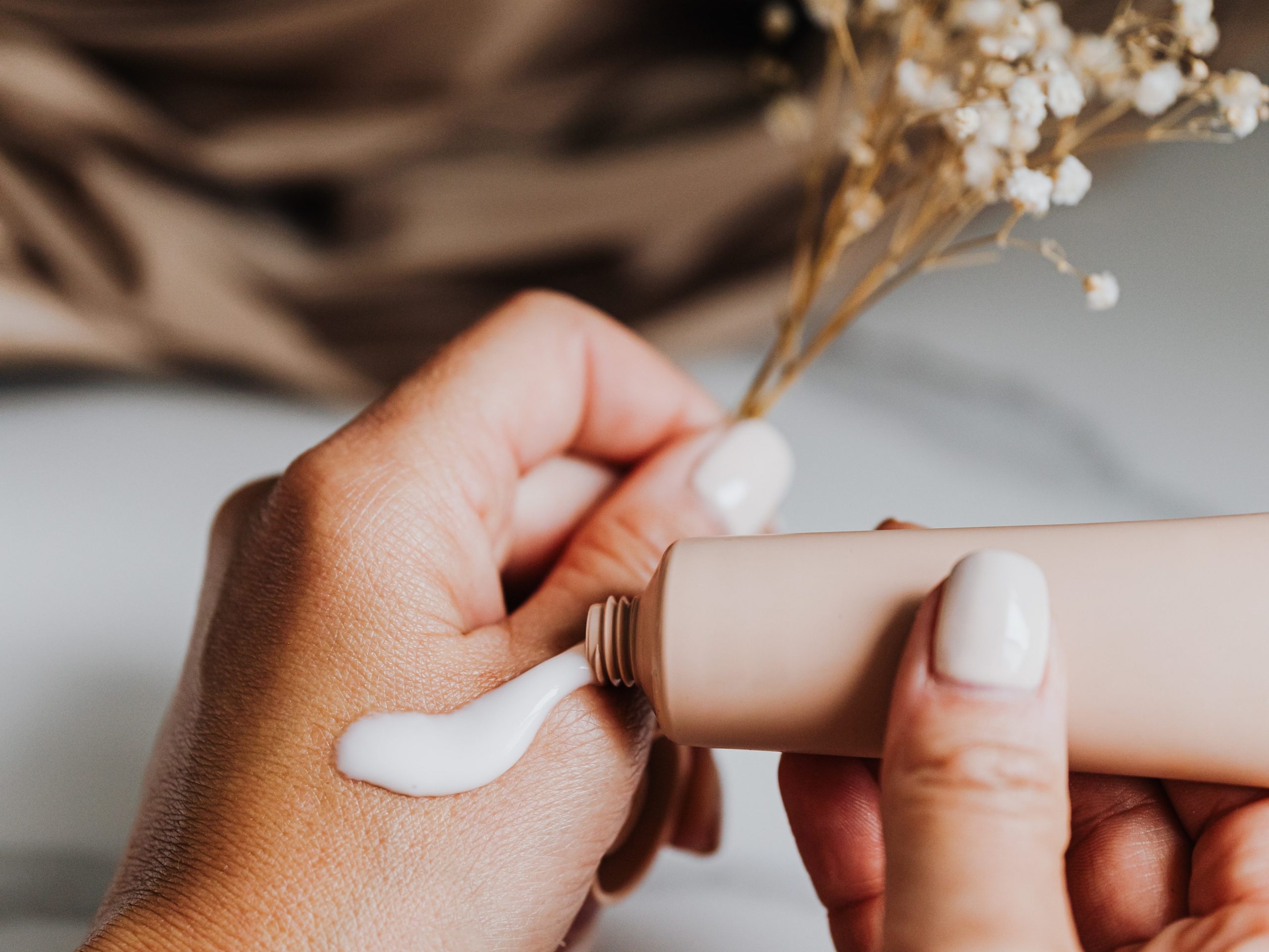
Here are the best tips, hacks, and ingredients you need for the health of your skin. Plus, some quick tips at the end to help you identify problems and make the needed changes instantly!
Why Have a Skincare Routine
No matter who you are, the health of your skin matters. The skin is our largest organ and is the first line of defense we have against pathogens like bacteria, UV damage, and viruses. Our skin is also responsible for temperature regulation, gathering sensory data, and much more, so we want to do our part in making sure skin health is at its highest.
In order to support our skin, we need to identify our needs. In general, skin requires SPF protection, cleansing, and moisturizing. Additional steps and ingredients can help target certain skin concerns like hyperpigmentation, pores, oil production, and sensitivity. Here is a guide on ingredients for specific concerns.
Fall Skincare Guide for Everyone
In this fall skincare guide, you’ll get some good tips to help your skin out during this seasonal transition. Fall skincare is completely different from summer skincare as the temperature changes, the sunlight changes, and even the day length changes.
For Your Body
The skin of the body has different requirements than the skin on the face, but it still needs support to be healthy. These tips focus on body skincare that we may neglect and how to support it during fall.
Moisturize Right After the Shower
One simple way to support skin health is to moisturize right after showering. This makes it so the moisturizer absorbs better, allowing extra hydration and protection for the skin. Try to apply a body moisturizer of your choice within 5 minutes of exiting the shower. Here is a guide on how to choose the perfect moisturizer!
Choose Hydration and Moisturizing Ingredients
Hydrating and moisturizing are not the same. Hydration focuses on adding water to the skin barrier to improve function and health while moisturizing focuses on creating a seal that prevents water loss and keeps hydration in. Here is a simple guide on the difference and which ingredients to look out for!
Apply More Product
Since the weather is getting a bit chilly, it might be beneficial to apply more product than what you are used to. This is so your skin is not impacted by the change in weather. Try to apply a heavy hand of serums and moisturizer to let your skin heal and thrive. You can even apply a bit more SPF, or at least use a more moisturizing formulation for the body!
For Your Face
Here are some tips specifically for the skin on your face. It tends to be more sensitive, thinner, and has different needs than the skin of the body.
Watch Out For Humectants
Some skincare products are littered with humectants, and usually, that is great! Humectants work by drawing water into the skin from the air around you, which can help plump skin and strengthen the skin barrier. However, this works well in more humid environments. In drier environments, humectants cannot work as well and may lead to sensitivity. In the fall, try to use fewer humectants as the weather is drier, or try to apply more water-based products before using a humectant.
Use Plenty of SPF
SPF is still a vital part of a skincare routine, though the weather may be a bit more cold. While the rays of the sun may not feel as harsh due to the chill, they are still reaching you and can cause DNA damage to your cells. Continue to apply sunscreen in your fall skincare routine. In fact, you may want to switch to a thicker, more hydrating, and moisturizing formula to help support skin health.
Try a Facial Oil
Facial oil can be a great way to lock in all that hydration and moisturization. Try facial oil this fall and see what you think! An oil like rosehip is good for oily skin as it helps regulate sebum, jojoba oil and avocado oil are good for any skin type, and try out coconut oil for super dry skin. Worried about coconut oil clogging pores? Check out this amazing alternative here!
Skincare Tip to Troubleshoot Issues
The easiest tip anyone can get about skincare is all about simplicity. When a skincare routine has too many active ingredients, it may cause issues with the skin barrier. In such cases, the best thing to do is to turn to basics.
Cleanser, moisturizer, sunscreen. These are the only essentials you need for a routine. After sticking to a simple routine for about a week, you can start to add other products back in one at a time. This way, you can see how your skin reacts to a product and it gives the skin time to get used to a new ingredient.
Plus, some ingredients cannot be combined. Unless they are formulated in the same product, do not combine exfoliating ingredients like AHA and BHA. You also should avoid combining vitamin C and retinoids, and avoid vitamin C and exfoliators. Here is a simple guide on what you can combine and what you should avoid.
The Takeaway
This fall skincare guide can be the difference between sensitive, acne-prone, dry skin and healthy, glowing, strong skin. The skin is responsible for many things, such as defense, temperature regulation, and a lot more, so it is important to use a skincare routine that supports skin barrier function. Try these tips out to help support the skin of the body and face to allow the skin to be healthy.
Health starts from within, so eat well to support skin health, exercise to support physical health, and do activities that support mental health. Don’t forget about microbiota health too! Microbiota affects the entire body, from skin to muscles, to even mental health to immune health! Get all the resources you need about microbiota health for free here!

